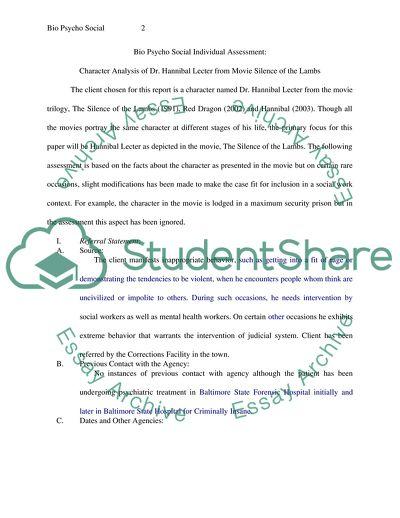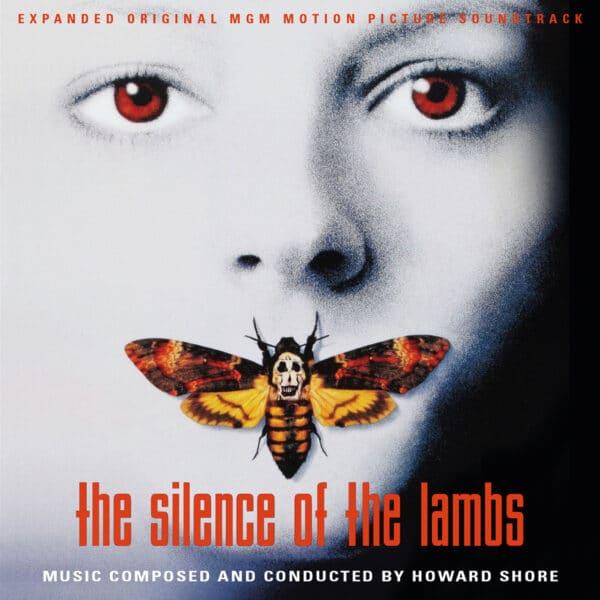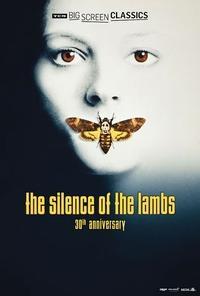“The Silence of the Lambs,” a film directed by Jonathan Demme and released in 1991, stands as a seminal work in the genre of psychological horror, transcending conventional narratives of fear and suspense. This article delves into the intricate layers that define its enduring impact and examines the psychological complexities that underpin its chilling narrative. By exploring the film’s portrayal of the human psyche, its thematic exploration of identity, and its manipulation of fear, this study seeks to unravel the mechanisms through which ”The Silence of the Lambs” continues to captivate and unsettle audiences. Through a methodical analysis of character development, narrative structure, and cinematic techniques, we aim to illuminate the film’s contribution to the horror genre and its reflection on the darker facets of human nature.
Exploring the Psychological Depths of The Silence of the Lambs
The psychological intricacies within The Silence of the Lambs delve into the chilling interplay between predator and prey, where boundaries of sanity are continually tested. The film is a masterclass in exploring the human psyche, with Dr. Hannibal Lecter and Clarice Starling serving as the focal points of this psychological odyssey. Dr. Lecter’s character embodies the enigma of a mind that is both brilliant and terrifyingly unhinged. His interactions with Clarice are not just conversations but a dance of intellect and manipulation, revealing the dark allure of understanding the human mind’s most sinister corners.
In contrast, Clarice Starling represents the struggle between vulnerability and strength. Her journey is marked by a deep dive into her own fears and the traumatic echoes of her past. The film uses her character to explore themes such as:
- Fear: How it drives individuals to confront their deepest insecurities.
- Power Dynamics: The subtle yet profound shifts in control between hunter and hunted.
- Identity: The quest for self-understanding amidst chaos and darkness.
Through these elements, The Silence of the Lambs transcends traditional horror, offering a profound commentary on the complexity of the human condition.

Character Analysis and Psychological Profiles in The Silence of the Lambs
In “The Silence of the Lambs,” the characters are meticulously crafted to delve deep into the psyche, offering a rich tapestry for psychological analysis. At the forefront is Hannibal Lecter, whose character embodies the duality of brilliance and malevolence. Lecter’s intellectual prowess is juxtaposed with his chilling detachment from humanity, creating a portrait of a psychopath who operates with an eerie calmness. His manipulative nature and ability to read people with precision make him both a formidable antagonist and an intriguing study of the human mind’s darker corners.
Clarice Starling, on the other hand, serves as a complex character whose psychological depth is rooted in her vulnerability and determination. Her past traumas fuel her relentless pursuit of justice, while her interactions with Lecter reveal her struggle between fear and fascination. The dynamic between Clarice and Lecter is a dance of intellect and emotion, where each encounter peels back layers of their psychological profiles. Together, these characters create a compelling exploration of fear, power, and the human condition, leaving audiences questioning the nature of sanity and morality.
- Hannibal Lecter: Brilliant, manipulative, detached
- Clarice Starling: Vulnerable, determined, introspective
- Dynamic: Intellect vs. Emotion, Fear vs. Fascination

The Role of Suspense and Atmosphere in Crafting Psychological Horror
In the realm of psychological horror, few elements are as crucial as suspense and atmosphere. Suspense serves as the engine driving the narrative forward, creating a relentless sense of unease and anticipation. This technique keeps audiences teetering on the edge, their imaginations weaving intricate scenarios of impending doom. In “The Silence of the Lambs,” suspense is masterfully crafted through a meticulous balance of pacing and revelation. The film’s narrative unfolds like a carefully plotted chess game, with each move calculated to maintain an ever-tightening grip on the audience’s nerves. This tension is heightened by the cat-and-mouse dynamic between Clarice Starling and Hannibal Lecter, a relationship fraught with psychological complexity and peril.
Atmosphere, on the other hand, establishes the emotional and sensory landscape in which the story unfolds. In “The Silence of the Lambs,” the atmosphere is steeped in dread, achieved through a combination of visual and auditory elements. The dimly lit corridors of the Baltimore State Hospital for the Criminally Insane, the sterile and claustrophobic settings, and the haunting score work in concert to envelop viewers in a world where danger lurks in every shadow. This oppressive environment amplifies the psychological tension, ensuring that the horror is not just a series of shocking events, but a pervasive, inescapable presence. Key elements that contribute to this atmosphere include:
- Lighting: Subdued and strategic, it casts long shadows and obscures details, fostering a sense of mystery and foreboding.
- Sound Design: The eerie silence punctuated by unsettling noises heightens the sense of isolation and vulnerability.
- Setting: The confined and sterile environments mirror the mental entrapment experienced by the characters.

Recommendations for Enhancing Psychological Horror Elements in Film
To effectively amplify the psychological horror elements in films like “The Silence of the Lambs,” filmmakers can focus on creating an atmosphere that plays on the audience’s deepest fears. This can be achieved by emphasizing subtlety over explicitness, allowing tension to build gradually through atmospheric soundscapes and unsettling visuals. Consider using a minimalistic score that underscores the narrative’s intensity without overpowering it, allowing for moments of silence to become deafening and suspenseful.
- Character Depth: Craft complex characters whose motivations and mental states are shrouded in ambiguity, encouraging viewers to delve into their psyches.
- Unpredictability: Incorporate unexpected plot twists that challenge audience expectations, keeping them on edge.
- Symbolic Imagery: Utilize visual motifs and symbols that resonate on a psychological level, subtly enhancing the narrative’s underlying themes.
- Isolation and Confinement: Explore themes of isolation, both physical and emotional, to heighten the sense of claustrophobia and vulnerability.
By weaving these elements into the fabric of the narrative, filmmakers can craft a psychological horror experience that is as intellectually engaging as it is terrifying, leaving a lasting impact on the audience’s psyche.
